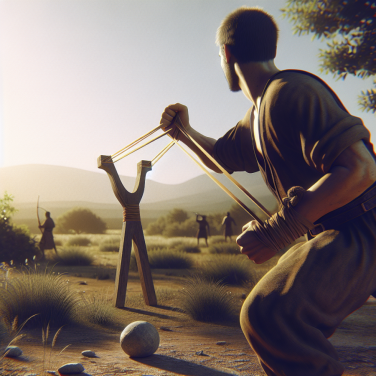Achieving Athletic Prowess: Advanced Strategies in Discus Training
Achieving athletic prowess in the discus throw requires a blend of technique, strength, and mental fortitude. Advanced strategies in discus training can give athletes the edge they need to refine their skills and reach new levels of performance.
One approach is segmental training. This strategy breaks down the discus throw into its component parts, allowing athletes to focus on refining each aspect of the throw. By practicing the spin, the release, and the footwork separately, athletes can hone their technique, correcting minor flaws that can make a significant difference in their overall performance. Segmental training also reduces the cognitive load, allowing athletes to concentrate on one particular aspect without the distraction of combining all movements at once.
To improve explosive strength, plyometric exercises should be incorporated into training. These exercises train the muscles to contract more quickly and powerfully. A discus thrower, for example, can benefit from plyometric push-ups to develop a more explosive arm extension during the release and box jumps to enhance leg strength for a dynamic start from the throwing circle.
Dynamic flexibility is another vital element in achieving athletic prowess in discus. Incorporating dynamic stretches as a regular part of training can increase range of motion and reduce injury risk. Flexibility in the shoulders, hips, and torso is particularly important for discus throwers to facilitate the full motion required for an effective throw.
Discus throwers can also benefit from technical video analysis. By recording training sessions and analyzing the footage, athletes and coaches can identify inefficiencies or errors in technique. Using slow-motion playback, they can focus on specific segments of the throw and make precise adjustments. This objective tool allows for targeted feedback and a clear visual for athletes to understand the changes they need to make.
Core stability plays a vital role in discus training. A strong core transfers the power generated from the legs and hips during the throw. Exercises like planks, Russian twists, and medicine ball throws can reinforce core strength and stability, leading to a more controlled and powerful throw.
Mental conditioning should not be overlooked. Visualization techniques and goal-setting can significantly impact an athlete's confidence and performance. By mentally rehearsing the discus throw, an athlete can prepare their mind for competition, focusing on the feel of each movement and the sequence of the throw. Combined with clear, attainable goals, mental conditioning can keep athletes focused and driven.
Recovery techniques are just as crucial as the physical and mental training components.
Read also:
Navigating the Rules: Are Golf Carts Permitted on Public Roads?"
Harnessing Body Mechanics: Key Discus Throwing Techniques
Discus throwing, a classic track and field event, combines strength, speed, and agility. Mastering the art of discus requires athletes to harness the intricate body mechanics that underpin the throw. A thrower’s technique is a critical factor in maximizing distance and achieving athletic excellence.
An effective discus throw comprises several key components, starting with the grip. Athletes must hold the discus in their palm with fingers evenly spread around its edge, ensuring a secure and comfortable grip that allows for a smooth release. The thumb serves as a guide rather than a supporting element, helping to stabilize the discus as it sits against the thrower's knuckles.
The stance in discus is foundational, aimed at creating the balance necessary for a powerful throw. Athletes begin in a relaxed, comfortable position with their feet shoulder-width apart, weight evenly distributed, and the discus held at hip level. The initial stance sets the tone for the energy to be transferred effectively throughout the throw.
The wind-up is the next critical phase of the throw. It involves twisting the upper body away from the direction of the throw while keeping the lower body static. This coiling stores potential energy that will be released explosively later. It's essential that the wind-up is controlled and not overdone, as an excessive movement can lead to a loss of balance and reduced power translation.
Following the wind-up, the thrower enters the swing phase, aiming to generate momentum with lateral lower body movement. The athlete must pivot on the balls of their feet, with the non-throwing arm leading the motion to create a sweeping effect. Timing this pivoting action is crucial in ensuring that the stored energy from the wind-up is effectively utilized.
The movement into the power position is where athletes prepare for the actual throw. They transition from the back to the front of the throwing circle fluently. Discus throwers pivot on their feet and square their shoulders to the direction of the throw, all the while keeping the discus back to maintain centrifugal force. Legs, core, and shoulders work together to create a solid base of support.
Finally, the delivery phase is marked by a rapid acceleration of the discus. The thrower explosively extends their body, snapping the hips forward and pulling the discus arm across the body to release at an optimal angle.




